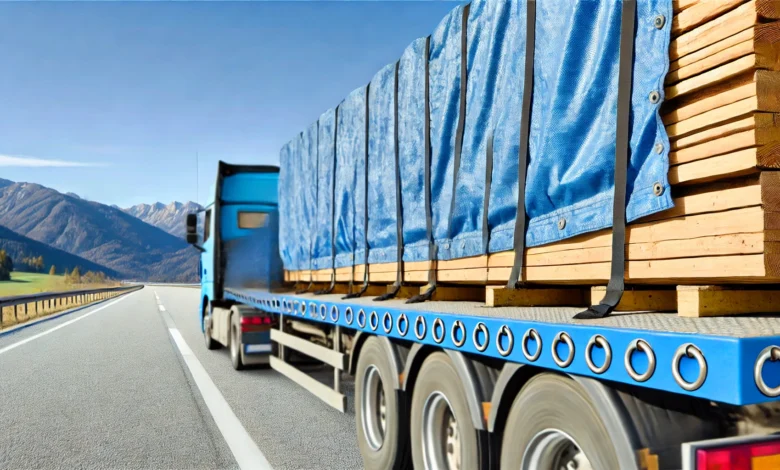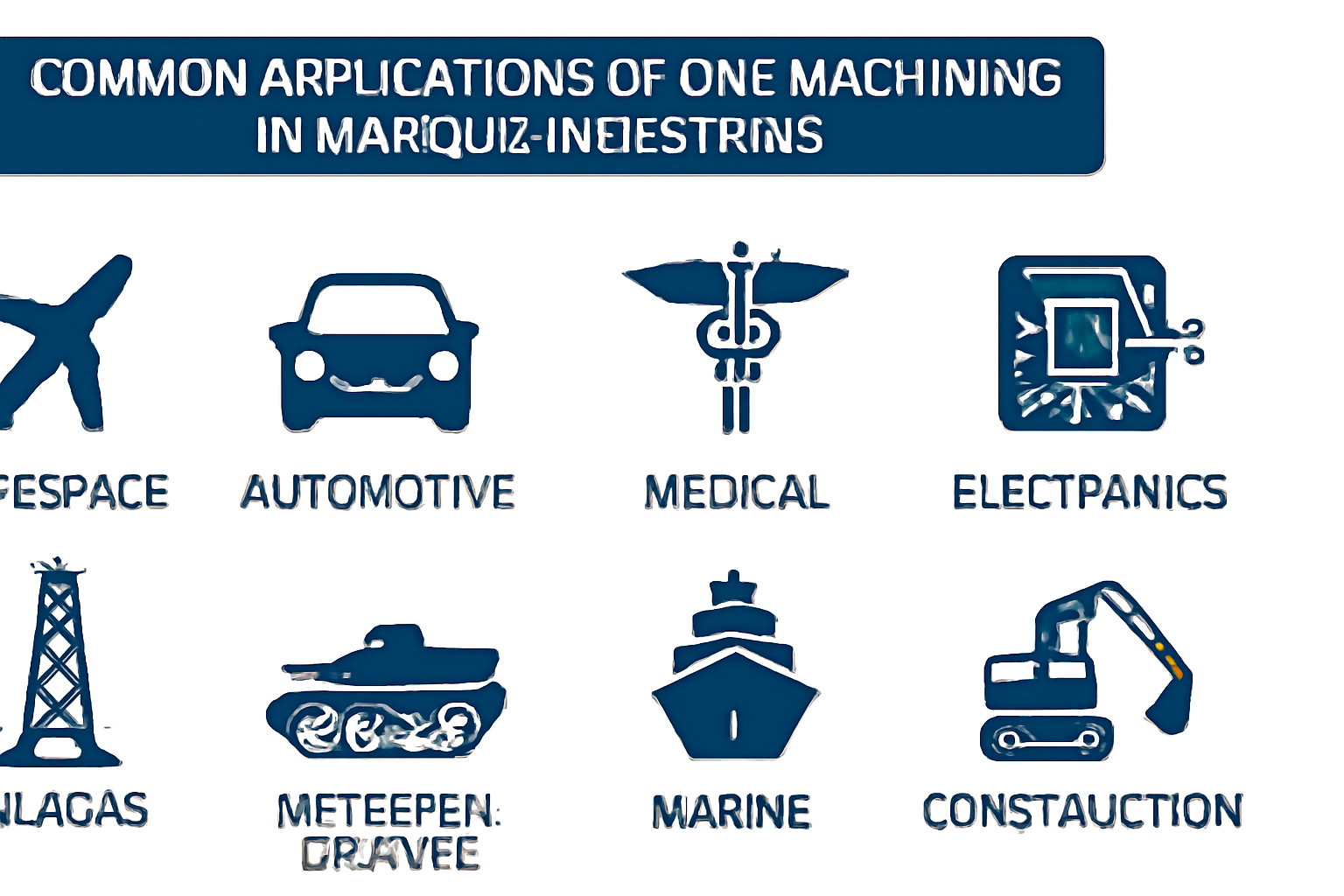Lumber Tarps : The Best Protection for Hauling and Transporting Goods

Transporting goods, especially lumber, presents unique challenges that require specialized tools and equipment to ensure safety and protection during transit. One of the most important pieces of equipment used in the trucking and transportation industry is the lumber tarp. Designed specifically to provide optimal protection for large, irregular loads, lumber tarps help secure and shield goods from environmental factors such as rain, wind, snow, and UV radiation. In this article, we’ll take an in-depth look at lumber tarps and why they are the best solution for hauling and transporting goods.
Understanding Lumber Tarps
Lumber tarps are heavy-duty, waterproof tarpaulins designed specifically to cover and protect flatbed loads. These tarps are used extensively in the trucking industry, especially for securing lumber, steel, building materials, and other oversized freight that requires weather protection. Constructed from strong, durable materials like vinyl, lumber tarps are built to withstand the harshest conditions that truckers encounter on the open road. Whether it’s shielding lumber from a sudden downpour or protecting steel from rust-inducing moisture, lumber tarps have proven themselves invaluable time and again.
What makes lumber tarps so effective is their unique design, which incorporates several key features. They typically come with multiple rows of D-rings, reinforced hems, and strategically placed flaps to help create a tight seal around irregularly shaped loads. This ensures that no portion of the cargo is left exposed, thereby preventing damage during transport. Additionally, the high-strength material used to construct these tarps helps protect goods from potential debris that may come into contact with the load.
Benefits of Using Lumber Tarps for Hauling
- Weather Protection: One of the biggest challenges in transporting lumber and other goods is the weather. Whether it’s heavy rain, snow, or direct sunlight, extreme weather can severely damage certain types of cargo. Lumber tarps provide complete weather protection, ensuring that goods arrive at their destination in perfect condition. The waterproof and UV-resistant qualities of lumber tarps shield the cargo from moisture and harmful sun rays, reducing the risk of warping, rotting, or discoloration.
- Versatility: Lumber tarps are extremely versatile, making them suitable for covering a wide range of loads. In addition to lumber, these tarps are ideal for transporting steel, pipes, machinery, and other building materials. Their ability to adapt to irregularly shaped loads makes them a go-to choice for many truckers and logistics professionals.
- Durability: When it comes to hauling cargo over long distances, durability is a must. Lumber tarps are built to be tough and long-lasting, which makes them perfect for withstanding the wear and tear of long-haul transportation. Made from heavy-duty vinyl, these tarps are resistant to tears, abrasions, and punctures, ensuring that the cargo remains protected even under challenging conditions.
- Ease of Use: Despite their size and strength, lumber tarps are relatively easy to use. They come with multiple grommets and D-rings that allow for secure tie-downs, making the process of securing the load straightforward and efficient. This ease of use is a significant advantage for truckers who need to quickly and safely secure their cargo before hitting the road.
- Cost-Effective Solution: Lumber tarps offer a cost-effective solution for protecting valuable cargo. Investing in high-quality tarps can save truckers and logistics companies money in the long run by reducing the risk of cargo damage, costly repairs, and insurance claims. By ensuring that goods are delivered in pristine condition, lumber tarps help maintain a positive reputation for reliability and quality.
Why Lumber Tarps Are Essential for Transportation
For those in the trucking and transportation industry, using lumber tarps is not just about protecting the cargo—it’s about ensuring safety and reliability throughout the journey. Properly tarping a load helps reduce the risk of accidents by preventing cargo from shifting or falling off the trailer during transit. This is especially important for flatbed trucks that haul heavy, oversized loads that can be challenging to secure.
Lumber tarps also play an essential role in maintaining compliance with Department of Transportation (DOT) regulations. Many states require truckers to secure their loads properly to prevent debris from falling off the trailer and causing accidents. Lumber tarps provide an effective way to meet these regulations while also keeping the cargo safe.
When transporting valuable or delicate materials, truckers need to have confidence that their cargo will be protected from start to finish. Lumber tarps provide that assurance by creating a sturdy barrier between the load and the elements. They are particularly beneficial for loads that are exposed to prolonged periods of rain or snow, as the tarps create a waterproof shield that prevents moisture from seeping in.
Keep your lumber secure with lumber tarps designed for heavy-duty transport. Find top-grade lumber tarps at https://jumtarps.com/.
Features That Make Lumber Tarps Stand Out
- Heavy-Duty Vinyl Material: Lumber tarps are constructed from heavy-duty vinyl material that is designed to be both waterproof and resistant to UV rays. This durable material ensures that the tarp can withstand prolonged exposure to sunlight without degrading, while also protecting the cargo from moisture and other environmental factors.
- Reinforced Seams and Hems: One of the key features of lumber tarps is the reinforcement along the seams and hems. These reinforcements add extra strength to the tarp, preventing it from tearing or coming apart even when covering irregularly shaped loads. The additional reinforcement ensures that the tarp remains intact, even under harsh conditions.
- Multiple D-Rings for Secure Tiedowns: Lumber tarps come with multiple rows of D-rings, which are used to secure the tarp to the flatbed. These D-rings are positioned strategically to allow truckers to create a tight, secure seal around the load. The use of D-rings also helps distribute the tension evenly, preventing the tarp from flapping in the wind or coming loose during transit.
- Flap Design for Additional Coverage: Many lumber tarps come with end flaps that provide extra coverage for taller loads. These flaps can be draped over the ends of the cargo, providing complete protection from top to bottom. This is especially useful for loads that extend beyond the edge of the flatbed, as it ensures that no part of the cargo is left exposed.
- Ease of Maintenance: Lumber tarps are easy to maintain, making them a practical choice for truckers who need reliable equipment. They can be cleaned with mild soap and water, and their durable construction ensures that they can be used repeatedly without significant wear and tear. Proper maintenance of lumber tarps can extend their lifespan, providing truckers with long-lasting protection for their loads.
Tips for Using Lumber Tarps Effectively
- Choose the Right Size: Lumber tarps come in a variety of sizes, so it’s important to choose the right size for the load being transported. Using a tarp that is too small may leave portions of the cargo exposed, while using one that is too large can make it difficult to secure properly. Measure the load before selecting a tarp to ensure a proper fit.
- Secure the Tarp Properly: To get the most out of a lumber tarp, it’s crucial to secure it properly. Make sure to use all the D-rings and grommets provided to create a tight seal around the load. This will prevent the tarp from flapping in the wind and reduce the risk of damage during transit.
- Inspect the Tarp Regularly: Regular inspections of the tarp can help identify any signs of wear and tear before they become a problem. Look for any holes, tears, or abrasions that could compromise the tarp’s ability to protect the cargo. Addressing these issues early can help extend the lifespan of the tarp and prevent damage to the load.
- Avoid Over-Tightening: While it’s important to secure the tarp tightly, over-tightening can cause unnecessary strain on the tarp material and D-rings. This can lead to tears or damage to the tarp over time. When securing the tarp, make sure there is enough tension to keep it in place without over-stressing the material.
- Store the Tarp Properly: Proper storage is key to maintaining the condition of a lumber tarp. When not in use, the tarp should be folded neatly and stored in a dry, cool place to prevent mold and mildew from developing. Avoid storing the tarp in direct sunlight, as prolonged exposure can cause the material to degrade over time.
Conclusion
Lumber tarps are an indispensable tool for anyone involved in the hauling and transportation of goods. Their ability to protect cargo from the elements, combined with their durability, versatility, and ease of use, makes them the best solution for ensuring that loads arrive at their destination safely and in perfect condition. By providing complete weather protection, lumber tarps help prevent damage to valuable materials, reduce costs associated with repairs and replacements, and improve overall safety on the road.
Whether you’re a trucker hauling lumber across the country or a logistics professional responsible for transporting building materials, investing in high-quality lumber tarps is a smart decision that can pay off in the long run. With the right tarp, you can protect your cargo from the elements, maintain compliance with transportation regulations, and deliver goods with confidence.
Using the tips outlined in this article, you can maximize the effectiveness of your lumber tarps and ensure that your loads are always secure and protected. Remember to choose the right size tarp, secure it properly, inspect it regularly, and store it correctly to get the most out of your investment. By doing so, you’ll be able to enjoy the many benefits that lumber tarps provide and ensure that your cargo arrives at its destination in excellent condition.



